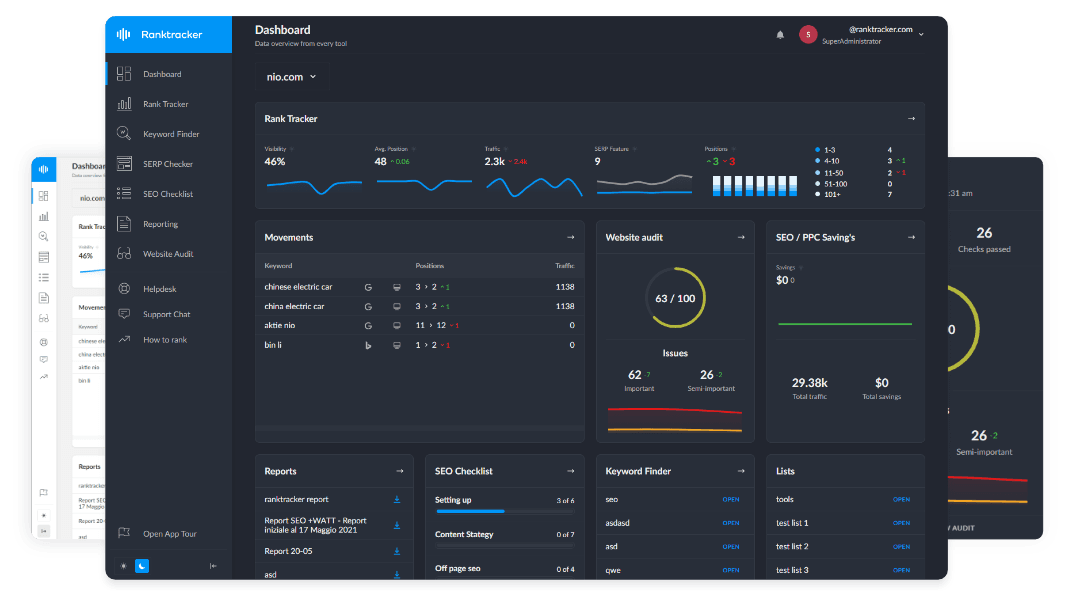Intro
Local SEO is a critical part of digital marketing for businesses in the United States, where Google’s local search algorithms prioritize proximity, relevance, and authority. Optimizing for Google My Business (GMB), local citations, and customer reviews is essential for businesses looking to improve their visibility in local search results.
Understanding the Local SEO Landscape in the U.S.
Google dominates the search market in the United States, with Google Maps, Google Business Profile (GBP), and localized search queries playing a significant role in rankings. To appear in the Local Pack (Google’s top three map results), businesses must optimize their local presence, build authority, and maintain consistency across online platforms.
Key Local SEO Strategies in the United States
1. Optimize Google Business Profile (GBP)
A fully optimized Google Business Profile (formerly Google My Business) is the foundation of local SEO. To improve rankings:
- Claim and verify your GBP listing via google.com/business.
- Ensure NAP (Name, Address, Phone Number) consistency.
- Use high-quality images and videos.
- Add business hours, categories, and attributes.
- Encourage customer reviews and respond promptly.
2. Local Citations and Business Directories
Being listed on high-authority business directories boosts local relevance and trust. Important U.S. directories include:
- Yelp (yelp.com)
- Better Business Bureau (bbb.org)
- Yellow Pages (yellowpages.com)
- Angie’s List (angi.com)
- Chamber of Commerce directories
Ensure consistent NAP information across all listings to strengthen local ranking signals.
3. Reviews and Reputation Management
Customer reviews significantly impact local search rankings and consumer trust. To improve local visibility:
- Request reviews from satisfied customers on Google, Yelp, and Facebook.
- Respond to all reviews professionally and promptly.
- Address negative reviews to demonstrate customer service excellence.
- Encourage user-generated content and testimonials on your website.
4. Localized Keyword Optimization
Using geo-targeted keywords in your content, metadata, and website copy enhances local relevance. Consider:
- Incorporating city, state, or region-based keywords (e.g., “Best Plumber in Los Angeles”).
- Optimizing title tags, meta descriptions, and URLs with local intent.
- Creating localized landing pages for multiple service areas.
- Using Google’s ‘People Also Ask’ section to find trending local queries.
5. Location-Specific Content Marketing
Developing high-value, location-specific content strengthens local authority. Content ideas include:
- Local guides and event coverage
- Neighborhood-based service pages
- Community engagement stories
- Case studies featuring local clients
Blogging about local events and partnering with community influencers can help generate local backlinks.
6. Mobile Optimization & Voice Search Readiness
With over 60% of local searches conducted on mobile devices, businesses must ensure:
- Mobile-friendly website design
- Fast page speed (use Google’s PageSpeed Insights for testing)
- Click-to-call and GPS navigation buttons
- Structured data (Schema markup) for local businesses
- Conversational keyword targeting for voice search (e.g., “Where’s the nearest coffee shop?”)
7. Local Link Building
Building high-quality local backlinks increases authority and relevance. Strategies include:
- Sponsoring local events
- Partnering with local businesses and bloggers
- Getting featured in local press and publications
- Joining industry-specific U.S. directories
- Contributing guest posts on local websites
8. Tracking & Measuring Local SEO Performance
Monitoring local SEO progress helps refine strategies for better results. Key performance indicators (KPIs) include:
- Google Business Profile Insights (views, clicks, actions)
- Local keyword rankings (via Ranktracker or Google Search Console)
- Organic traffic & bounce rates (via Google Analytics)
- Review growth & sentiment analysis
- Referral traffic from local directories
Common Local SEO Challenges in the U.S.
1. High Competition in Major Cities
Metropolitan areas like New York, Los Angeles, and Chicago have fierce competition, requiring stronger content, higher engagement, and authoritative backlinks.
2. Algorithm Updates & Ranking Fluctuations
Google frequently updates its local ranking algorithms, affecting visibility and ranking consistency. Staying updated with SEO trends and guidelines is essential.
3. Managing Multiple Locations
For businesses with multiple branches, maintaining consistent NAP information, localized landing pages, and GBP listings is crucial for ranking well.
Conclusion
Effective local SEO in the United States requires a strategic, content-driven, and technically optimized approach. By implementing Google Business Profile optimization, local citations, reviews, mobile SEO, and local link-building, businesses can improve their visibility, traffic, and customer acquisition in their respective local markets.

